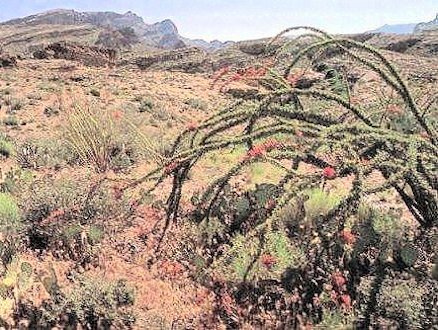
|
Bird Ecosystem -- Deserts Most of the deserts of North America lie in the western and southwestern part of the continent where a combination of latitude and high mountains reduces the precipitation; few pants can survive. By definition, a desert is less than half-covered by vegetation. Many species of cacti are common in the southwestern deserts' sagebrush dominates the deserts of the northwestern high plains. Differences in temperature, altitude, and vegetation define several different desert ecosystems. The majestic saguaro, several species of cholla, and the ubiquitous prickly pear qualify as the better-known desert cacti of the southwest. Creosote, Joshua trees, yuccas, and mesquite define the desert environments. The desert ecosystems are the home to a diversity of birds -- all specialized to survive the extreme aridity. Characteristic species of the southwestern deserts include the Scaled Quail, the Elf Owl, the Gila Woodpecker, the Verdin, the Cactus Wren, the Greater Roadrunner, and the Phainopepla. The high sagebrush deserts include the Sage Grouse, the sage Thrasher, the Sage Sparrow, and the Black-throated Sparrow. |
| Ocotillo and prickly pear typify the Desert Ecosystem of the southwest. Sage dominates the more northerly deserts. | |